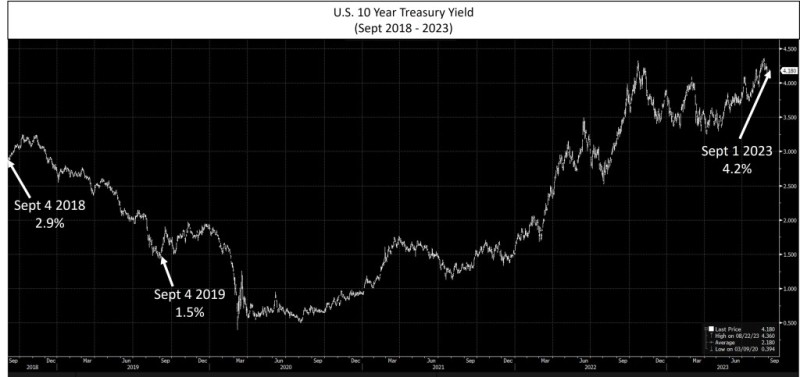One of the questions I am often asked is when to sell an investment. Part of the discipline of investing is monitoring each investment to keep abreast of its fundamentals. Here is a real-life example of an investment idea included in a piece entitled “Artificial Exuberance vs Artificial Intelligence,” published on June 12, 2023. In that piece I presented GEN Digital (GEN-NYSE), a case study of a technology stock trading at near-rock bottom valuation. I wrote:
Seven weeks later, the company reported FQ1, 2024 on August 3, met consensus revenue expectations and beat consensus EPS expectations by a modest 2%. The share price increased by more than 10%, but this move was largely commensurate with an increase in its forward P/E valuation multiple, which is now 9.8X. Has the risk-adjusted return worsened? No. At time of writing, over the past nine years, 99% of the time it has traded at a higher forward P/E multiple, and 95% of the time it has traded at a higher multiple of forward-looking EV:EBITDA. The risk-adjusted return profile of the stock is still tilted significantly to the upside. With an improved consensus forecast for the company coming out of the most recent earnings report, the stock now appears undervalued by approximately 50% based on my discounted cash flow forecast, under a scenario of zero growth in earnings for the next 10 years.



